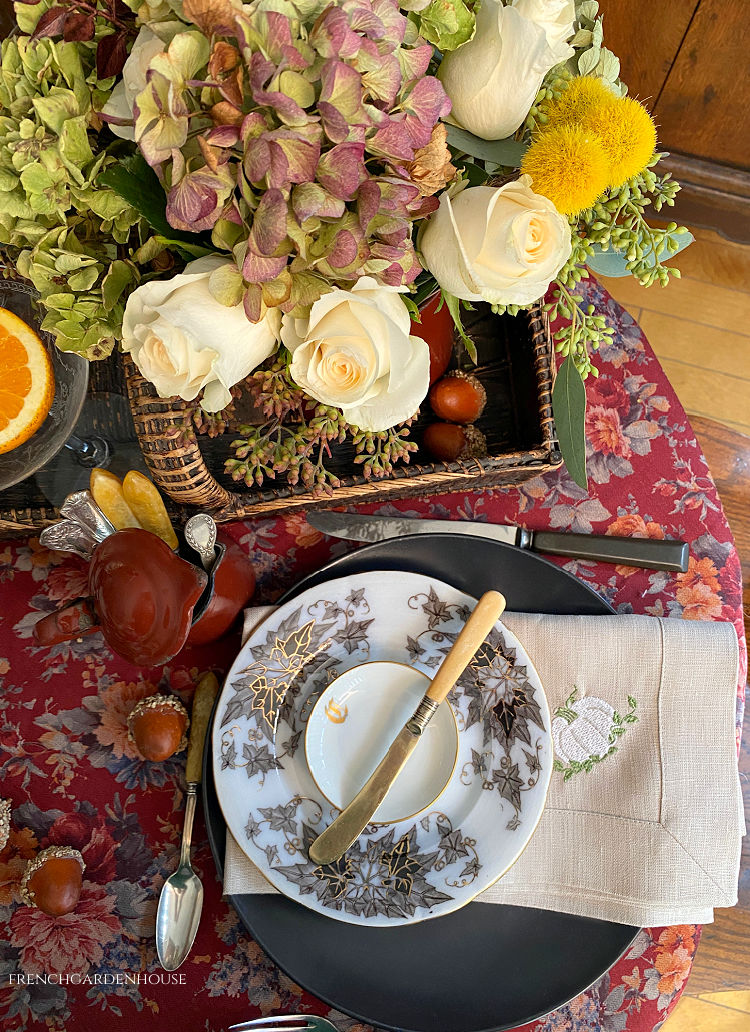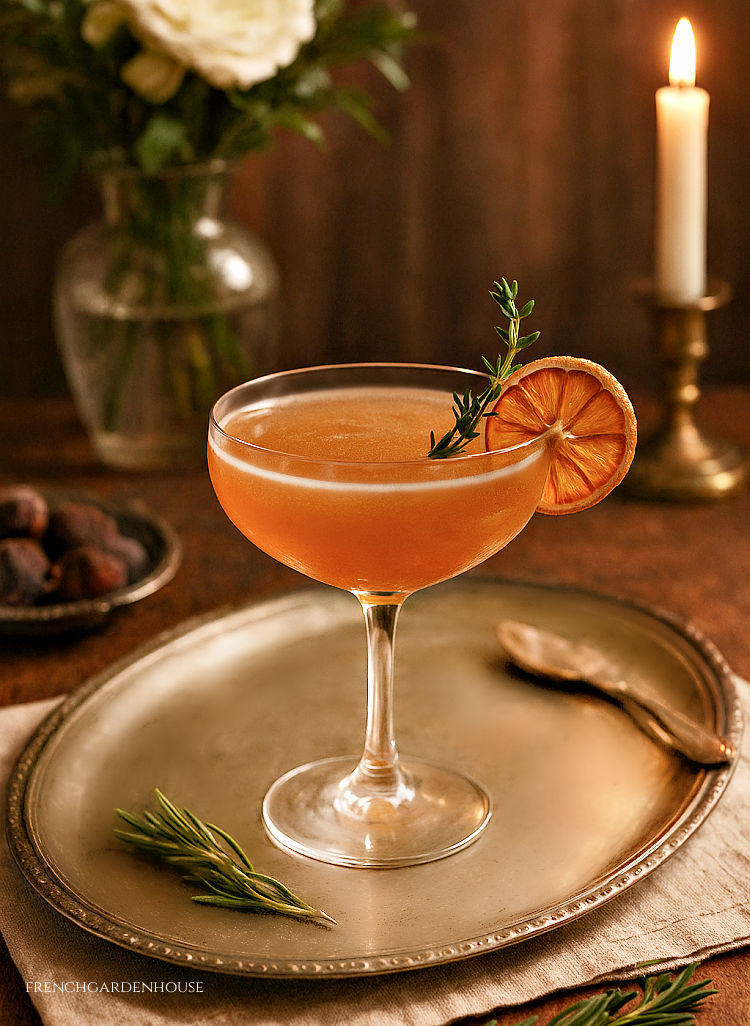Deep Rich Hues - The History of Blue Staffordshire
January 21, 2025 4 min read 1 Comment

Antique English Staffordshire has long been a favorite of collectors and designers for its romantic beauty, and gorgeous blue and white colors. It's a classic color combination, antique Staffordshire in blue and white looks great in every single room in your home. Today, let's explore Deep Rich Hues - The History of Blue Staffordshire.

Historical blue English Staffordshire has long been a favorite of collectors and interior designers for its romantic beauty and stunning colors. All were decorated with the transfer method, stacked in a kiln on trivets, and fired at very high temperatures.
HISTORY
Thanks to a plentiful availability of clay, salt, lead and coal in Staffordshire, it became a busy center of ceramic production beginning in the very early 1600s. Earthenware, stoneware and porcelain were all produced in huge quantities by hundreds of potteries, and Staffordshire became a major innovator of transfer printing, jasperware, bone china, and glazing.
By the late 18th century, North Staffordshire was the largest producer of pottery in all of Britain, even though there were many important centers elsewhere. In the beginning of the 1800s, Staffordshire pottery was exported literally around the world.

The blue transfer-ware designs adopted by the potteries in Staffordshire in the 18th and 19th centuries made beautifully decorated tableware accessible to an ever-growing middle class.

Blue pigments were originally from the Middle East, and historically quite expensive. Blue and white porcelains were perfected by the Chinese, but it was very expensive and risky to import the blue and white pieces to Europe and the Americas. Blue and white ceramics were a favored way to show off wealth and class.
In the 19th century, English potteries in Staffordshire found a huge demand for affordable imitations of the fine porcelain owned by the upper classes, with blue and white remaining the most desired.

HOW BLUE STAFFORDSHIRE IS MADE
For serious collectors, it's important to know how their obsession their beloved blue and white pottery or pearlware with the transfer printing was made.
- The first stage in the production of blue transfer printed wares was the engraving of copper plates. Some potteries employed their own engravers but it was also common that outside engravers sold copper plates to any potter who required them. The plates were engraved more deeply than for book illustrations.
- Cobalt blue was used because in the early days of transfer printing it was the only color that could withstand the extreme heat of the kiln ovens. The copper plates were warmed up, and the cobalt blue was pushed into the engraved areas with a palette knife. The paper was then pushed onto the plate, picking up the blue areas.
- Transferring the pattern to the earthenware 'biscuit' was a job for women, a girl cutter trimmed away unwanted paper and a transferrer then placed the paper, ink-side down, on the item, rubbing it gently with a roll of flannel. The border was applied separately, usually in two or more pieces, and the joins are often visible, especially on very early pieces. By washing in cold water immediately afterwards, the paper floated off leaving the inked pattern on the ware. This print was then fixed by heating the item in a muffle oven.
-
The final part of the process involved covering the whole pattern with a protective glaze. A dipper carefully immersed each piece in the liquid glaze, and drained off any surplus glaze. Finally the piece went into the oven or kiln. The potters of Staffordshire fired their wares in distinctively shaped bottle ovens with a fat round base and a tapering chimney. In the heyday of Staffordshire, there were over 4,000 bottle kilns. {Making the towns of Staffordshire have such bad air quality on firing days that people often bumped into each other on the streets during the day because they couldn't see!}

Blue Staffordshire is what captured the hearts of the buying public, because of its deep, rich colors and gorgeous, intricate patterns. Both pearlware {this has a lightly blue tinted glaze you can mostly see on the back of the pieces}, blue transferware, and flow blue are categorize as transferware.

Originating in the Regency era {1820's} in Staffordshire, flow blue was a style of white earthenware with a blue glaze that blurred or “flowed” during the firing process. The decorative designs were also applied with a paper stencil to white-glazed blanks, very much like the transferware process.

Despite the fact that massive quantities of transfer pottery was exported to the United States in the 19th century, it's remarkable that any of it survives today, because of its very delicate nature. This makes the pearlware or transfer pottery even more collectable and coveted by collectors.

The combination of the potter’s art together with the skill of the printmaker executing the transfer designs add a hand made appeal of the Staffordshire blue pieces.
The blue Staffordshire pieces that are the most costly to buy, and are most likely to hold the most value, are those with historical interest. Depicting landmark buildings, or scenes, or designs that commemorate certain world events. The plate below shows the Battle of Lexington Common, which started the American Civil War.

Most of these beautiful Staffordshire pieces are now in museums, and although some potteries in the area still produce new pieces, it's only a very small fraction of pieces compared to the peak years. There are still rare and amazing pieces to be found, and I always love being able to add to our collection for sale here at FrenchGardenHouse.

Blue and white is always in style. They add depth and a storied look to more contemporary interiors, softening more modern pieces. A small arrangement of blue Staffordshire plates and platters on a wall or a shelf, or a large collection displayed in a cabinet, the rich cobalt blue colors and romantic designs have a dramatic effect in a room.
Even just one platter and an antique tea bowl can add a touch of the charm of antique Blue Staffordshire, and inspire us to think "I want to live there, in that romantic spot!" You just can't go wrong with antique Staffordshire in blue and white!
1 Response
Leave a comment
Comments will be approved before showing up.
Subscribe
Sign up to get the latest on sales, new releases and more …

🎄 A Christmas in the Village of Les Petits Souris
November 04, 2025 5 min read
Discover the enchanting story of Les Petits Souris—the felted mice of FrenchGardenHouse, they make a whimsical French village come alive at Christmastime.

Thanksgiving Breakfast for Two: Elegant French Country Antique Table Setting
November 03, 2025 5 min read 10 Comments
Create a cozy Thanksgiving breakfast for two with French antiques, seasonal blooms, and a touch of European charm.

The FrenchGardenHouse Autumn Cocktail
October 29, 2025 2 min read 4 Comments
Celebrate Thanksgiving with my signature FrenchGardenHouse Autumn Cocktail—Calvados, pear, and honey thyme—paired with baked Brie and figs for timeless French elegance.




Sal
February 03, 2025
Well that brought back some memories, I can tell you! My grandma always used the Willow Pattern china, in her house and as a young child I drank many cups of tea from those teacups! I was always fascinated by the fictional story that came with it!
Many of the designs of the ‘blue and white’ are idyllic and the history is fascinating.
Good to catch up with your blog…I remember it from many years ago! Sal ( Sal’s Snippets blog) 😁